Finally… the Aufeis!
I’ve been told that every year there is a trendy site-to-see or a hike-to-hike around Toolik and that it shifts locations from year to year. This year that site is the Aufeis.
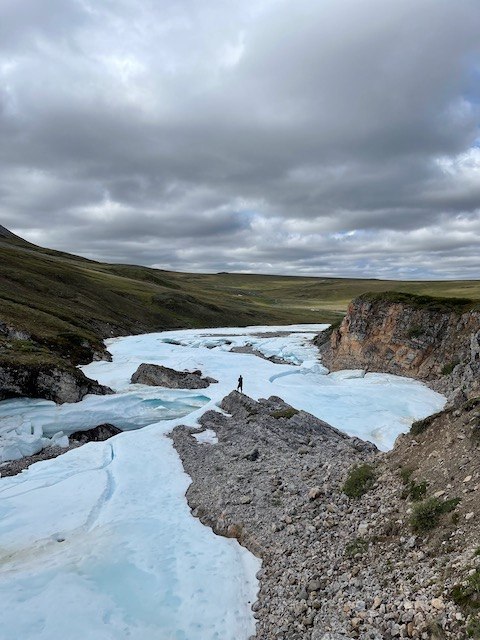
Aufeis is German for “ice on top”, which accurately describes how the phenomenon forms. A river or stream will freeze, and form a dam in the area. This changes the equilibrium of the water table, and the discharge pushes up and over the dam of ice, freezing again. This happens over and over again, forming laminated ice sheets that can be several meters thick.
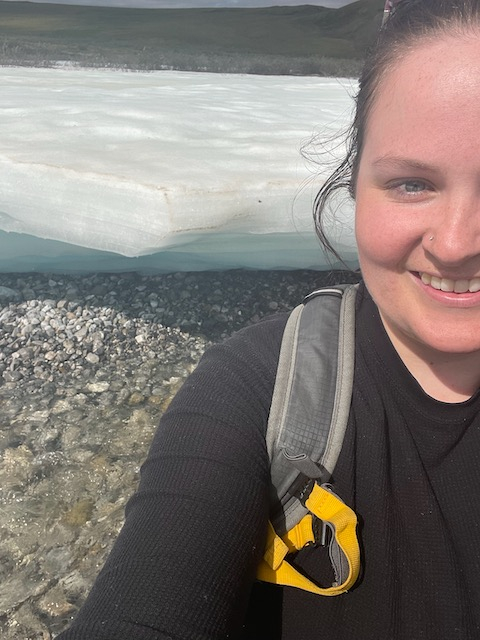
The Aufeis near Toolik is down the road behind Galbraith Lake. Since our arrival, there have been trips running to monitor it every two to three days as it melts. We’ve been waiting to go until the last minute of my trip so as to try and catch it when a full ice canyon has formed. And since it is my last week, it was finally time to make the trip down.
After splitting up a day’s worth of work so we could complete as much as possible in the morning, Sarah, Jeremy and I met up with Jenn, a water chemist here at Toolik, and headed down to Galbraith to check it out. Unfortunately, we still didn’t get the full ice canyon, but we got pretty close and we were able to see some pretty ice caves.
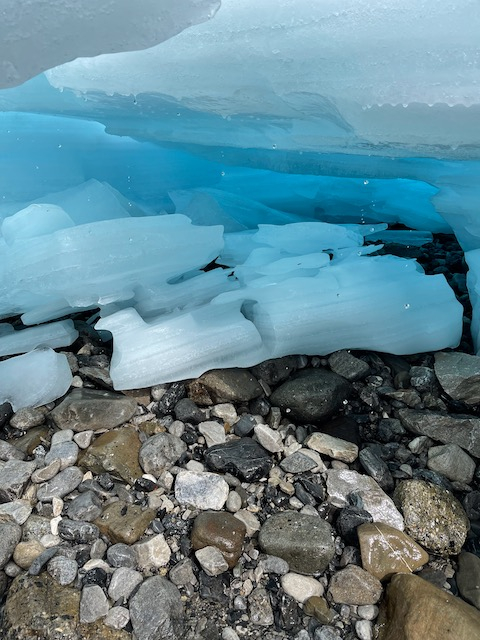
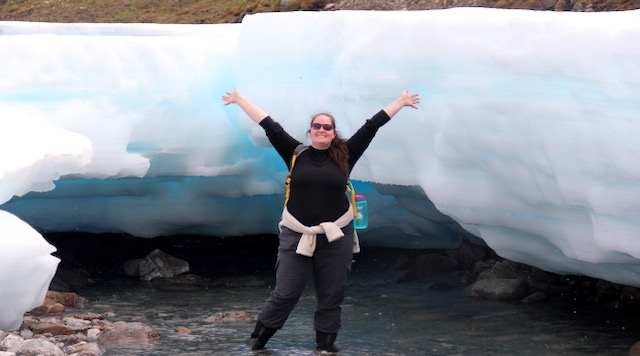
Fossils
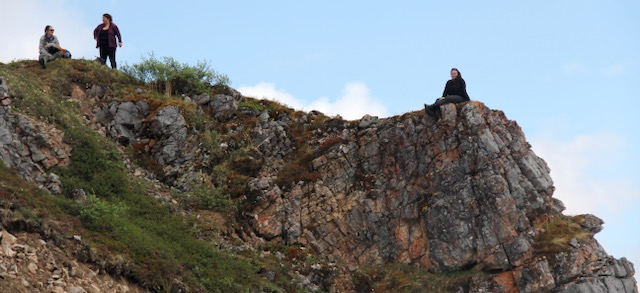
This wasn’t a huge trip so I won’t include a full animal, vegetable, and mineral segment. However, we did find some pretty nice fossils as we walked up the stream bed. Most of the rocks, and thus fossils, in this stream bed came out of the Lisburne Limestone, which was formed in the Carboniferous Period, around 350 million years ago.
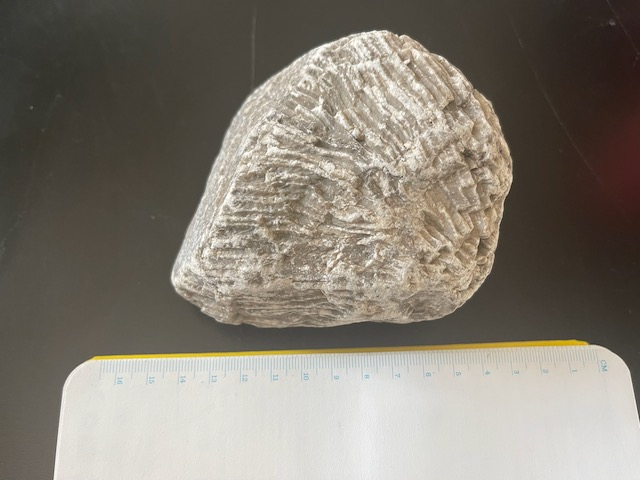
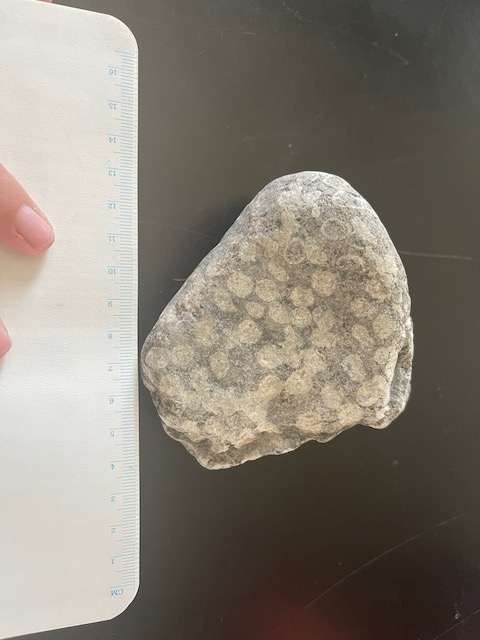
These corals are both in the order Tabulata, I believe, and I think the top one is Favosites. You can read more about Favosites and corals in general by checking out this post on my Alma Mater’s “Wooster Geologists” Blog, made by my former professor Dr. Mark Wilson.
These fossils in particular reminded me of days in the Paleontology Class learning all the differences between all the different types of corals and how to identify them from the top, sides, and bottoms: chain corals, honeycomb corals, stovepipe corals, etc. Having to remember and recall the science I learned while I was in college has been one of the things I’ve enjoyed most about this trip, and one of the things I hope to continue to push myself in over the next few months once I've returned home to NYC!


Comments